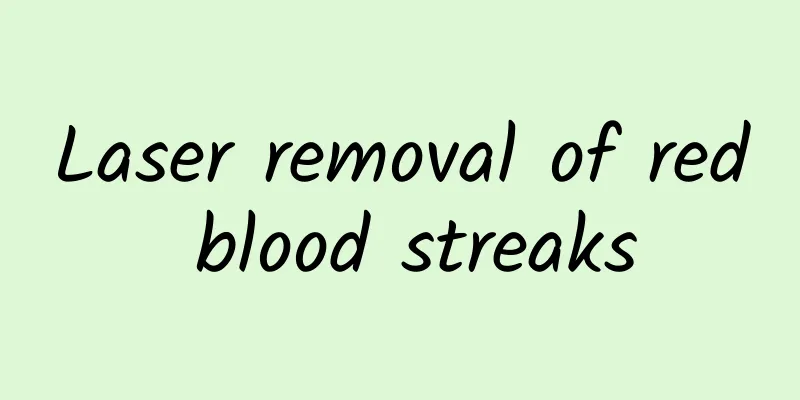Detailed explanation of sciatica symptoms

|
The most common experience for patients with sciatica is sudden pain, which is generally on one side. However, if the condition is more serious, there may even be bilateral pain or even whole body pain. 1. Sudden pain: Sciatica often occurs after trauma, physical labor or cold, and then pain occurs, or recurs due to the above reasons. Most cases present with unilateral pain, but some present with bilateral pain. 2. Body pain: When sciatica occurs, the patient first feels soreness in the lower back and stiffness in the waist, which then gradually worsens and develops into severe pain. The pain starts from the waist, buttocks, and hips, and spreads downward along the back of the thigh, popliteal fossa, outer side of the calf and dorsum of the foot. Occasionally there is a burning or acupuncture-like pain. 3. Pain characteristics: The pain of sciatica is characterized by paroxysmal aggravation, especially at night. For some patients with sciatica, changes in body position or stretching of the sciatic nerve often induce or aggravate pain. Patients with sciatica often reduce their activities due to fear of pain, which is not conducive to the treatment of the disease. Patients should follow the principle of "doing what they can and exercising in moderation" to exercise, especially the exercise of the affected lower limbs. Slow walking, jogging, and ball games can all be performed, and special gymnastics are more beneficial. Supine gymnastics: The patient lies on his back, bends his legs alternately, then straightens his legs alternately, and then lifts his legs alternately. At the beginning, the angle of the affected lower limb can be smaller than that of the healthy lower limb. After continuous exercise, the angle of the affected lower limb can be gradually increased. Sitting position gymnastics: The patient sits on the edge of the bed or on a chair, with legs hanging down, heels on the ground, toes raised, and hands flat on the legs. After sitting down, gradually bend forward and push hands toward the feet. When first practicing, the hands may only reach the calves, but after persistent practice, they can reach the dorsum and toes. Standing gymnastics: The patient stands with his hands on his hips, first lifts his legs straight forward, then stands with his legs as far apart as possible, bends his knees in turn, and squats in an arched position. At this time, the lower limbs that are not bent at the knees can be pulled and stretched. |
<<: Sciatica sleeping posture, you should sleep like this
>>: There are these factors that cause white hair in young people
Recommend
Is Chinese medicine poisonous if it gets mushy?
I believe everyone knows that Chinese medicine ca...
What are the benefits of mountain pepper root
Mountain pepper is a very useful Chinese medicina...
How should consumptive cough be treated?
Coughing is a physiological reaction of the human...
What are the symptoms of infant brain nerve damage
For infants, if the brain nerves are damaged, the...
Don't disbelieve it! A Chinese medicine master would never do this in his life.
Xu Wenqi, a health practitioner in the Qing Dynas...
Small bumps after sunburn
Summer is the hottest time of the year, and the i...
What are the obvious effects of plantain
Plantain is a relatively common wild grass, and i...
Can chicory be fried?
Chicory is cold in nature, slightly bitter in tas...
Contraindications of anal sitz bath
Sitz bath is a better method for treating anorect...
Adding this thing to water can actually remove moisture from the whole body
Lu Guangxin, a master of traditional Chinese medi...
What causes wet eyes?
People often say that eyes are the windows to the...
How to treat typhoid fever? What is the cause of the disease?
In our daily life, we must exercise regularly and...
What causes a fast pulse?
There are many reasons for a very fast pulse. It ...
Is lower abdominal cramping a sign of pregnancy?
In fact, women's bodies generally show some s...
Side effects of camellia pollen
Camellia pollen is produced from September to Nov...









